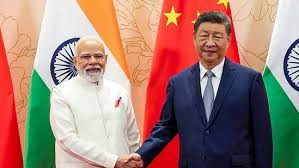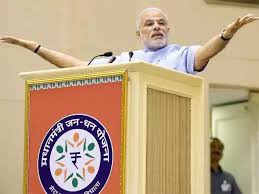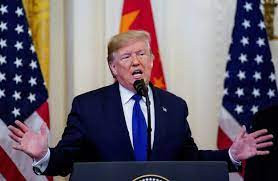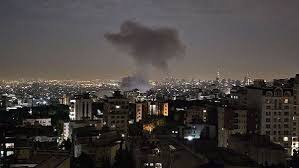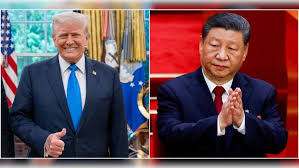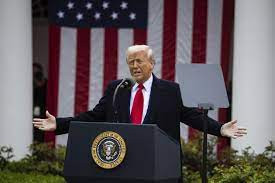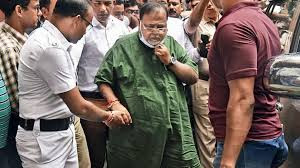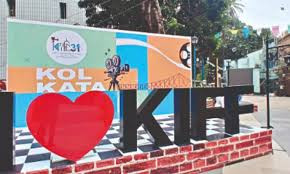Questions of Origin: The Unfinished Case for Bengali as a Classical Language
- IIE Digital Desk :The language of Rabindranath Tagore’s verses and the clarion cry of the 1952 Language Movement, remains curiously absent from India’s list of classical languages. This omission is not just an academic oversight—it is a cultural and political slight that ignores the rich heritage, historical depth, and literary excellence that define Bengali.
India currently recognizes six classical languages: Tamil, Sanskrit, Kannada, Telugu, Malayalam, and Odia. To qualify, a language must fulfill certain criteria: it should have ancient origins, a rich body of classical literature, and a distinct tradition that evolved independently. By any reasonable measure, Bengali meets and even exceeds these qualifications. With roots in ancient Prakrit and Pali, and literary works dating back over a thousand years, Bengali is one of the few Indian languages that can claim a continuous, vibrant literary tradition spanning poetry, philosophy, science, and political discourse.
The Charyapadas, composed between the 8th and 12th centuries, are among the earliest known literary texts in an early form of Bengali. From the devotional songs of the Bhakti movement to the rationalist treatises of the Bengal Renaissance, Bengali literature has shaped and reflected the soul of a people. Tagore's Nobel Prize-winning work was not a solitary jewel—it was part of a luminous constellation of creativity that continues today.
So why, despite this impressive pedigree, has Bengali not yet received the recognition of "classical" status? Part of the answer lies in bureaucratic inertia and the complexities of linguistic politics in India. Languages that are often associated with powerful regional identities and vocal political backing tend to have a louder say in the national discourse. In contrast, Bengali—despite being spoken by over 230 million people worldwide—has often been left in the cultural margins of New Delhi’s linguistic prioritization.
There’s also a deeper irony here. The fight for linguistic identity and pride is foundational to modern Bengali history. The 1952 Language Movement in Dhaka (then part of East Pakistan) was a seminal moment in the global history of language rights—so much so that UNESCO declared February 21st as International Mother Language Day in its honour. Yet, in India, the native land of so many stalwarts of Bengali culture, the language still waits for due recognition.
The case for Bengali as a classical language is not just about prestige—it is about preserving and promoting a civilizational legacy. Classical status brings with it funding for research, translations, academic programs, and archival preservation. It allows future generations to engage more deeply with their heritage and ensures that the treasures of the past are not lost in the tides of modernization.
It is high time the Indian government acknowledges what history has long since validated. Bengali is not just a language; it is a cultural force that has shaped South Asia and the world. The question is no longer whether Bengali qualifies as classical—it is whether the nation will rise above politics and finally give it the place it has always deserved.
You might also like!


